What is Stormwater?
The United States Environmental Protection Agency defines stormwater as rain or melting snow that flows off of streets, lawns, or other sites. In natural areas, it is absorbed into the soil, filtering through the ground to recharge aquifers and replenish waterways. In developed areas, stormwater flows over land or hardened surfaces, such as rooftops, parking lots, and driveways, preventing the water from naturally absorbing into the ground. As it travels, stormwater picks up oil, chemicals, bacteria, sediment, and other pollutants, and washes it directly into a community’s storm drain system, and ultimately a nearby waterway. In addition to degrading water quality, these pollutants can clog storm drains, causing flooding, property damage, and public safety issues.
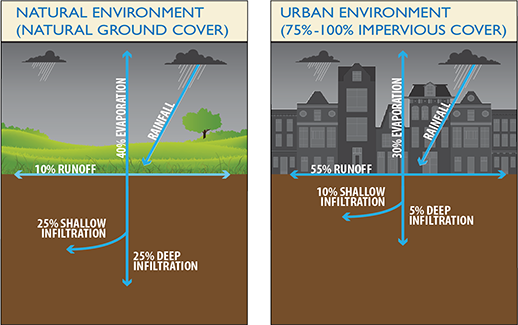
Stormwater Systems
Typically, communities in New Jersey manage their stormwater through either a municipal separate storm sewer system (MS4), a combined sewer system (CSS), or a combination of the two. The MS4 networks are publicly-owned systems that collect and convey stormwater to surrounding waterways. They do not connect to a sewage treatment plant facility, which receives household, commercial, and industrial wastewater through a separate system of sanitary pipes. Conversely, CSSs consist of shared piping networks that collect both wastewater and stormwater. Most of the time, this shared collection system transports both the wastewater and stormwater to a treatment plant for treatment. However, in times of heavy rainfall, the combined volume of stormwater and wastewater can exceed the capacity of the treatment plant, resulting in a combined sewer overflow (CSO). When this happens, untreated wastewater and stormwater, containing human and industrial waste, toxic materials, and debris, flow directly into waterways. There are 21 older communities in New Jersey that have CSSs. A map of these communities is available here.
It is important to note that there exists a small number of additional stormwater system types utilized in the state. These include privately-owned systems, typically built as part of a private development project, or publicly-owned systems that are not MS4s, but comprise part of the county or state highway network.
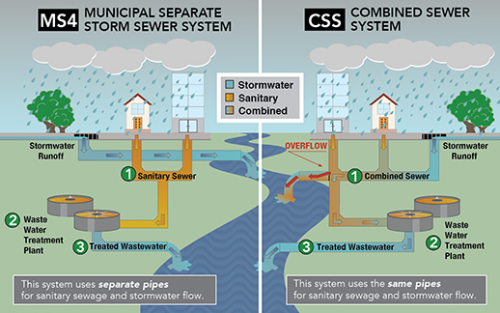
In order to fully appreciate the stormwater problems facing New Jersey, it is helpful to understand the history of how these systems were implemented. The first systems constructed were Combined Sewer Systems (CSS). At the time, they were considered to be an inexpensive solution, handling both wastewater and stormwater in the same pipe. Today, these systems are considered antiquated, well over 100 years in age. They were built for another era, rendered obsolete by the gradual impact of additional development and higher standards for clean water. In the mid-twentieth century, suburban growth began to explode. In typical suburban communities, developers constructed stormwater systems as part of new housing developments and turned over ownership to the host municipality. These municipalities are now responsible for accommodating ongoing maintenance costs within their budgets. This historical perspective explains why communities are continually outgrowing their stormwater infrastructure.
Important Definitions
Here are a few important terms to better understand stormwater:
Stormwater management is the effort made to reduce the negative impacts of the runoff of rainwater and/or snowmelt. It consists of planning, capital projects (gray and green infrastructure), and maintenance activities like street sweeping and other best management practices that will reduce runoff from construction sites.
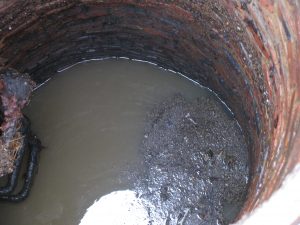
A storm drain system is a network of pipes, inlets, and drainage channels that holds water temporarily and conveys it to discharge points along waterways.
A combined sewer system is a wastewater collection system designed to carry sanitary sewage (consisting of domestic, commercial, and industrial wastewater) and stormwater (surface drainage from rainfall or snowmelt) in a single pipe to a treatment facility. Twenty-one cities and towns in New Jersey have combined sewer systems.
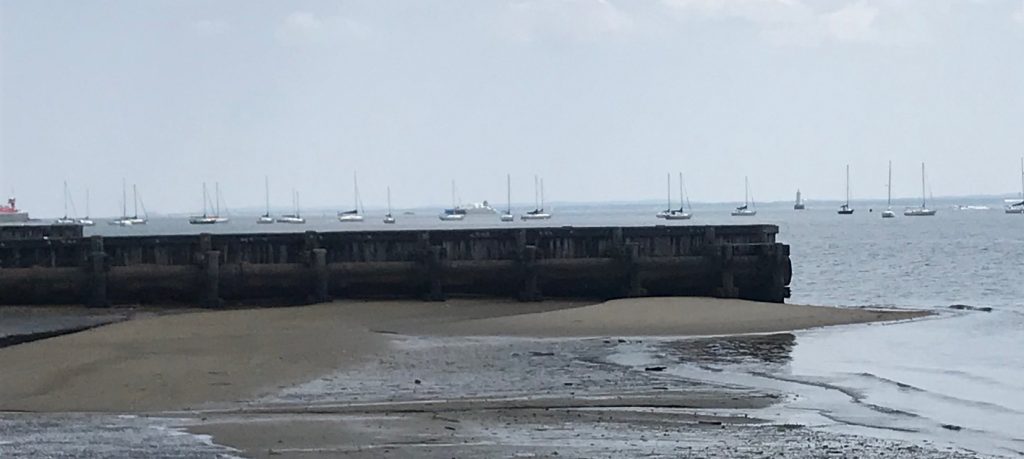
During rain events, stormwater flows can exceed the capacity of the combined sewer system and/or the sewage treatment plant, causing a slurry of untreated wastewater and stormwater to overflow to local waterways. Twenty-one cities and towns in New Jersey have combined sewer systems and/or sewage treatment plants that may cause combined sewer overflows during rain events.
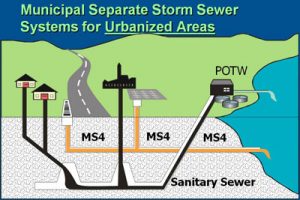
Municipal separate storm sewer systems are publicly-owned conveyances or systems of conveyances (including municipal roads with drainage systems, municipal streets, catch basins, curbs, gutters, ditches, man-made channels, or storm drains) that transports stormwater runoff in separate pipes to local waterways or stormwater facilities such as a detention basins.
NPS pollution is pollution that comes from many diffuse sources, rather than one single source, such as a pipe. It results from surface runoff, precipitation, atmospheric deposition, drainage, seepage, or hydrologic modification, and is the leading source of water pollution in the United States today.
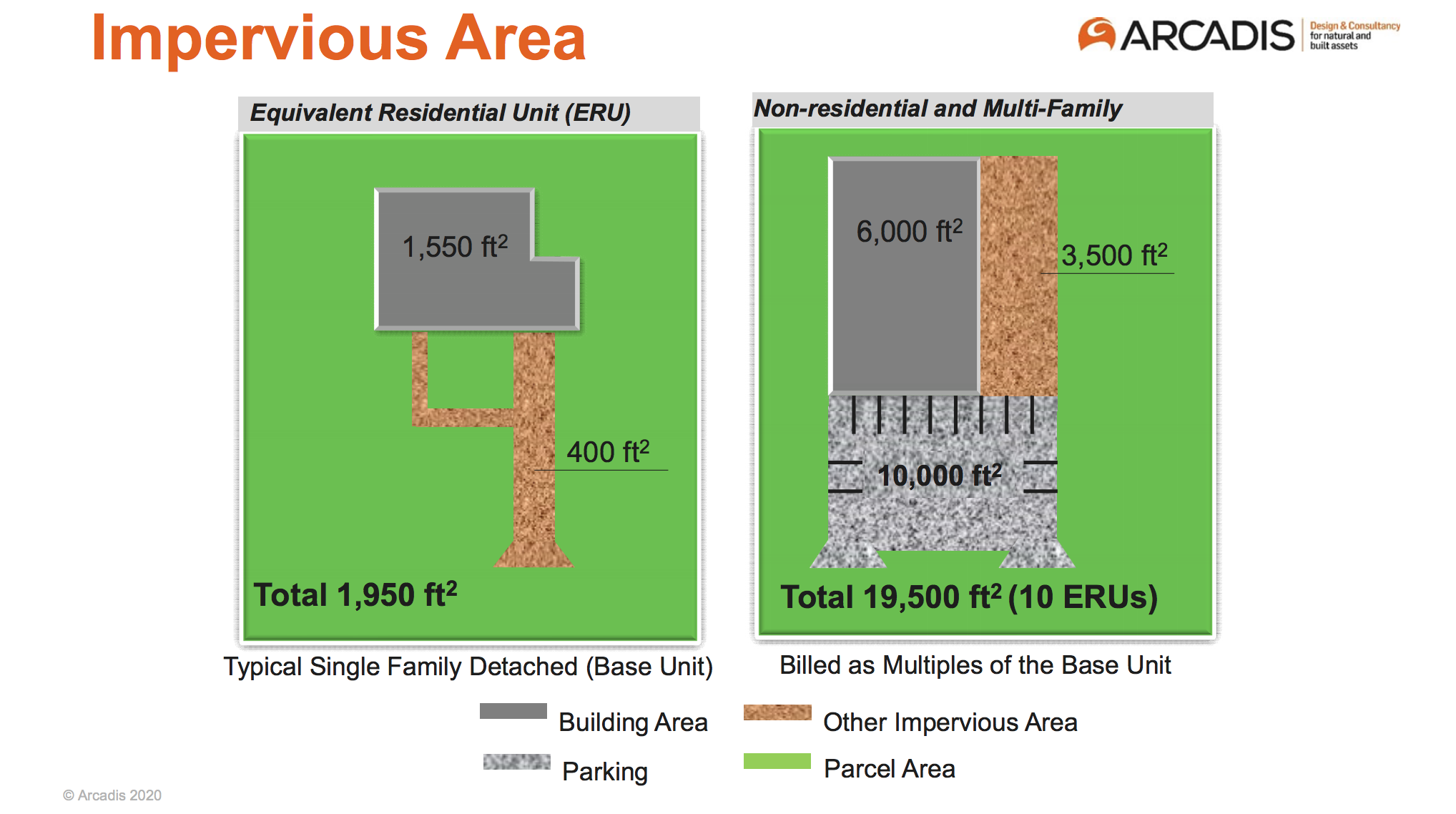
Impervious coverage refers to the hard surfaces on a property that do not allow natural absorption or infiltration of water into the ground. Examples include rooftops, concrete sidewalks, asphalt driveways, and highly compacted soils.